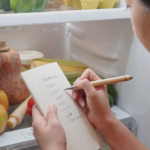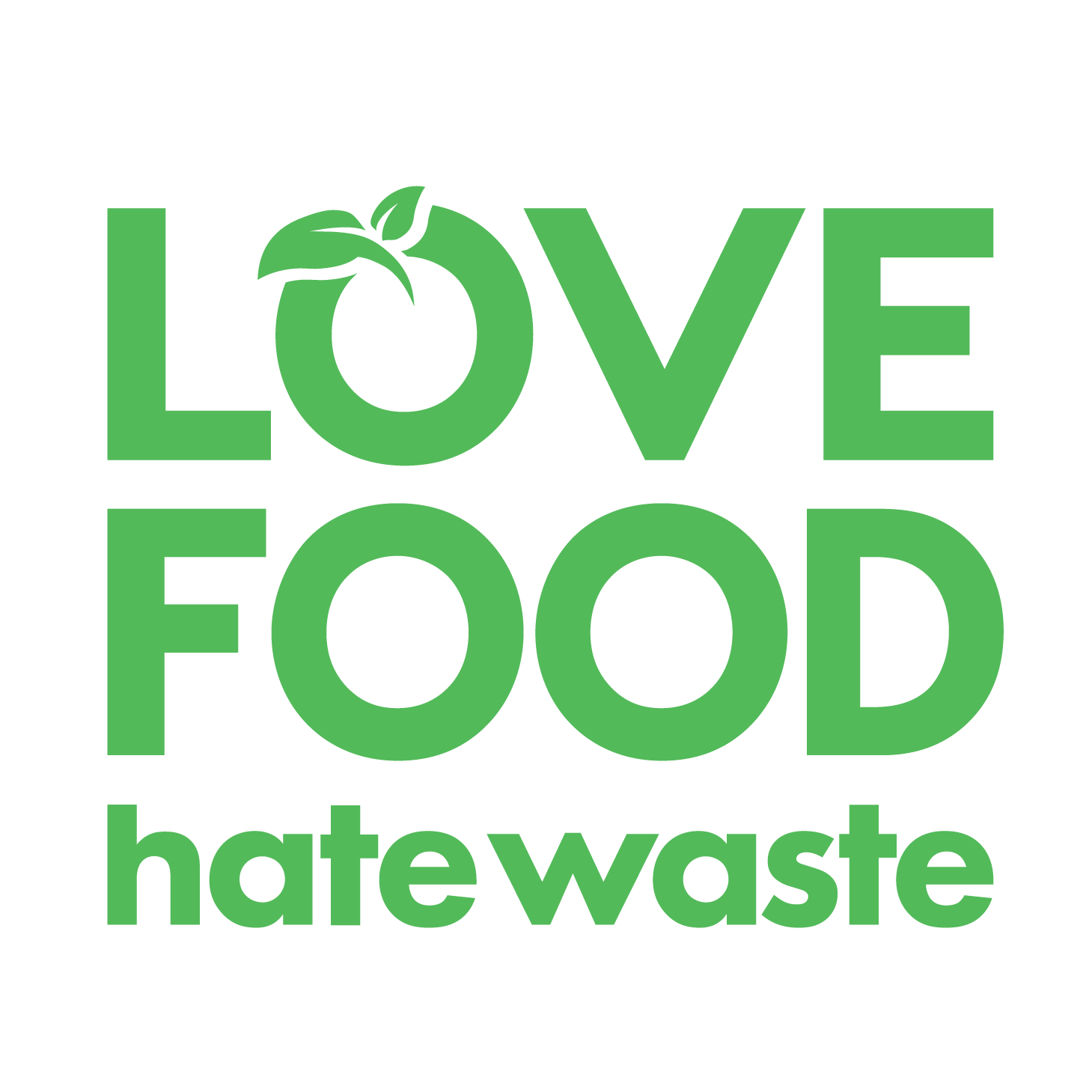How Do I Freeze and Thaw Uncooked Chicken, Turkey and Beef?
Why should I try this?
Do you ever plan to have a roast chicken at home but decided, last minute, to pop out for lunch instead? – then realised the uncooked chicken is still in your fridge uneaten. Or you cooked beef or some pork chops and wondered what to do with the uncooked portions left in the pack that you didn’t need?
An easy solution is to freeze it instead and save it for another day. This is the same for most meat and poultry. This guide will help you learn how to freeze and defrost meat and poultry safely.
Freezing your food acts like a pause button, giving you more time to eat it and saving it from being tossed. Not only does it lock in freshness and preserve quality and flavour, but it’s also perfectly safe providing it’s defrosted correctly. Your food won’t deteriorate in the freezer, and most bacteria can’t grow in it, so it’s a great way to buy yourself extra time and save delicious food for later!
Of the 263 million tonnes of meat produced globally, over 20% is lost or wasted
Source: Food and Agriculture Organization of the United Nations
How do I do this?
Freezing meat and poultry
You can freeze food right up to its Best Before Date, so if you get a last-minute dinner invitation and there’s a couple of chicken breasts sitting in the fridge that need using up today, just pop them in the freezer to be enjoyed another day. Here’s how to do it:
- Wrap meat or poultry tightly to create an airtight seal.
- If the original packaging is airtight, you can freeze it as is. Otherwise, place the wrapped package into a freezer bag or airtight container to help prevent freezer burn.
- Label each package with the type of meat and the date it was frozen, so it’s easy to keep track of what you have.
- For best flavour and texture, use within 3 to 6 months. Meat will remain safe much longer if kept frozen, but the quality will gradually decline over time.

Remember to add a meal from the freezer to your meal plan
to ensure you use up what’s in your freezer.
Defrosting meat and poultry
There are three ways to defrost meat safely – in the microwave, in the fridge or in cold water.
1. Defrost meat and poultry in the microwave
Defrosting your meat and poultry in the microwave is a quick and convenient option if you want to be spontaneous and use frozen meat right now!
Double check the packaging for microwave defrosting instructions like guidance on turning, stirring or standing times, for example. Otherwise, follow these simple steps:
- Remove all original packaging (like plastic wrap, Styrofoam trays, or anything with metal) before microwaving.
- Place the meat or poultry on a microwave-safe plate and cover loosely with a microwave-safe lid, parchment paper, or paper towel (not tight-fitting).
- Use the ‘defrost’ setting (or set the microwave to 30% power) to thaw the meat gently without cooking the edges.
- Defrost in short bursts of 2 to 3 minutes at a time, checking and rotating or flipping the meat between bursts to ensure even thawing. Timing will depend on the size and thickness of the meat: small pieces might take 2–5 minutes total; larger roasts could take 10–15 minutes or more.
- Once thawed, cook the meat immediately. Microwave defrosting can partially warm meat into the “danger zone” where bacteria grow quickly, so it’s important to cook it right away.
2. Defrost meat and poultry in the fridge
- Make sure your fridge is set to 4℃ or below, to keep your meat, poultry and everything else in your fridge safe and fresher for longer.
- Place frozen meat or poultry on a tray or in a container at the bottom of the fridge to catch any drips and avoid cross-contamination.
- Allow enough time for thorough defrosting. A general rule of thumb is to allow about 10–12 hours per kilogram (or 5–6 hours per pound) of meat or poultry. Larger items, like a turkey, can take up to 4 days to fully defrost in the fridge — so plan ahead!
- Once fully defrosted, use within 24 hours for best quality and food safety.
3. Defrost meat and poultry in cold water
It is possible to thaw meat in a cold water bath. It’s faster than thawing in the fridge, but requires more care and attention.
- Keep meat or poultry in a leak-proof package or plastic bag to prevent cross contamination.
- Submerge the package in a bowl or sink of cold water. Never use warm or hot water, as it can raise the surface temperature into the danger zone (4°C–60°C) where bacteria multiply quickly.
- Change the water every 30 minutes to keep it cold and safe.
- Estimate about 2 hour per kilogram (or 1 hour per pound) to defrost.
- Cook the meat or poultry immediately after thawing. (Don’t put it back in the fridge for later.)
What you may begin to notice
By following these simple steps, you’ll quickly build confidence around freezing and defrosting meat and poultry safely. Not only will this give you more flexibility in the kitchen, but it will also help you avoid tossing out good food. After all, what’s better than getting the best value from the food you buy — and every penny you spend?
So next time, remember: press pause by freezing your meat and poultry to keep it fresh for another day. It’ll be just as tasty as when it was fresh, ready to shine in all your favourite dishes.


